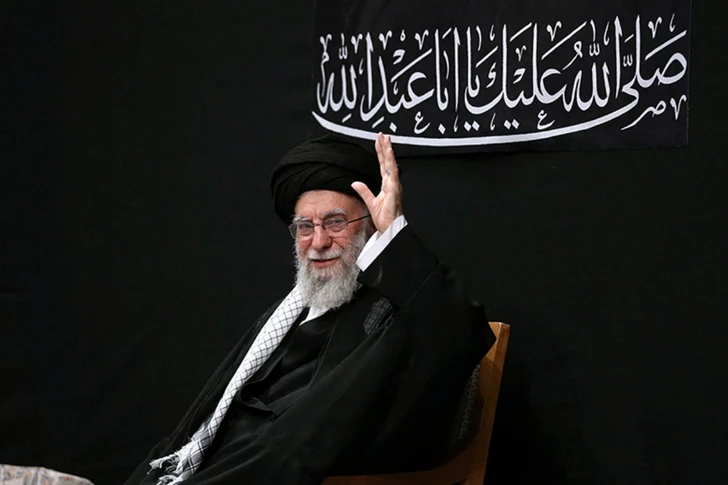This year’s Muharram ceremonies in Iran have taken an unexpected and controversial turn, raising eyebrows among religious scholars, cultural observers, and Iranians abroad.
From Tehran to the northern province of Mazandaran, the traditional Shi’a mourning rituals honoring the martyrdom of Imam Hussein have been infused with overt displays of nationalism and cultural symbolism. State media outlets and pro-regime voices have openly embraced this shift—one that blends religious grief with patriotic performance.
The state broadcaster IRIB News described the ceremonies as “more attractive” this year, praising the combination of “religious beliefs and national sentiments.” In many cities, ceremonial music once banned as un-Islamic, such as trumpet and saxophone, made their way into official processions. Some government-affiliated performers even recited poetry about “homeland” and “Iran” during the Ashura commemorations.
For Iranians in the diaspora, particularly those raised in the traditional Shi’a faith, this departure from sacred norms has sparked concern.
“This feels like a calculated attempt to dilute religious identity in favor of state loyalty,” said Ladan, a second-generation Iranian living in Toronto. “My parents taught me that Ashura is about moral resistance, not national propaganda.”
The trend has been most visible in ceremonies led by state-sponsored maddahs, or religious reciters, such as Mostafa Ragheb, who acknowledged blending religious eulogy with nationalist themes. Meanwhile, media affiliated with the Revolutionary Guard have highlighted ancient pre-Islamic rituals being revived under the banner of “cultural heritage.”
For many in the diaspora, it’s not just the blending of traditions that’s troubling—it’s the intent. Analysts argue that the regime, under pressure from mounting internal dissent, is using sacred rituals to rally nationalist sentiment and maintain legitimacy.
The symbolic return of Supreme Leader Ali Khamenei, after a 22-day public absence, during the Ashura ceremony in Tehran sent a clear political message: mourning Hussein is now framed as mourning for Iran itself.
While some inside Iran view this rebranding as modernization, others—especially abroad—see it as another attempt to instrumentalize religion for regime survival.
“What’s next? Fireworks for Ashura?” said Mehrdad, an Iranian-American in Los Angeles. “The regime is rewriting identity with every ceremony—and not in a good way.”
As Tehran tries to repurpose Shi’a tradition into a state-aligned cultural identity, the diaspora continues to watch with unease—torn between pride in their heritage and concern over how it’s being reshaped.




